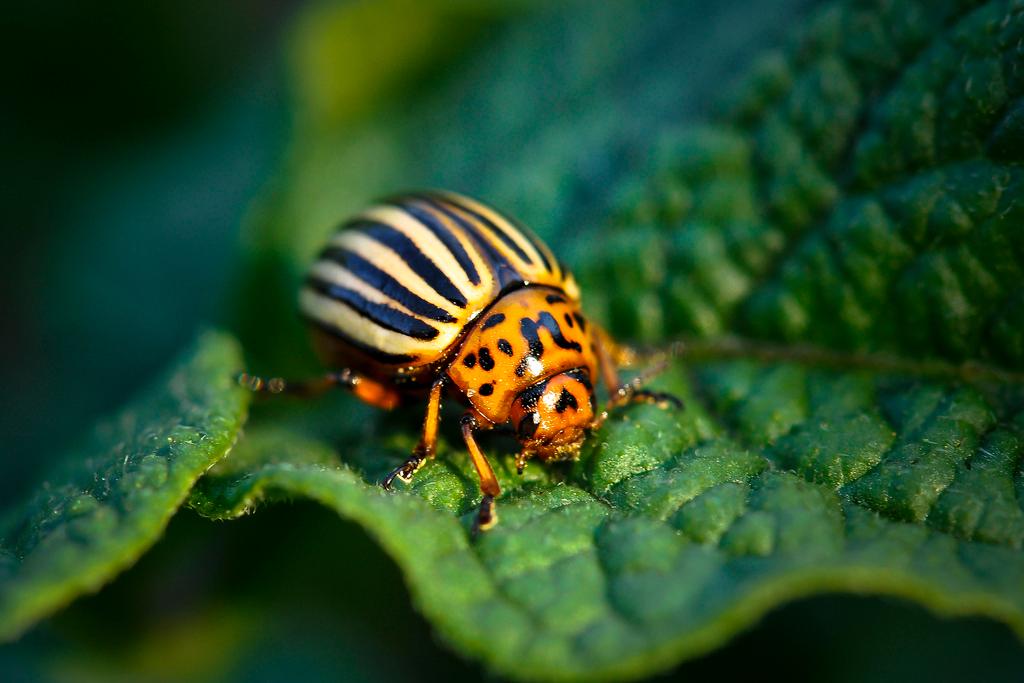An insecticide currently in development targets a specific gene so it kills only those bugs that threaten crops and avoids collateral damage to beneficial insects.
Though the technology is still in its infancy, the RNA-based insecticide can be effective for at least 28 days when sprayed on a leaf. That finding dispels concerns that the genetic material will quickly degrade in rain and sunlight.
In the proof-of-principle study researchers wanted to answer whether an RNA-insecticide spray would be stable enough to use in agriculture.


